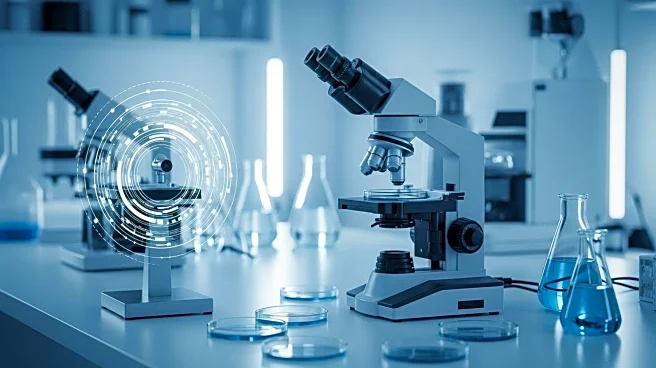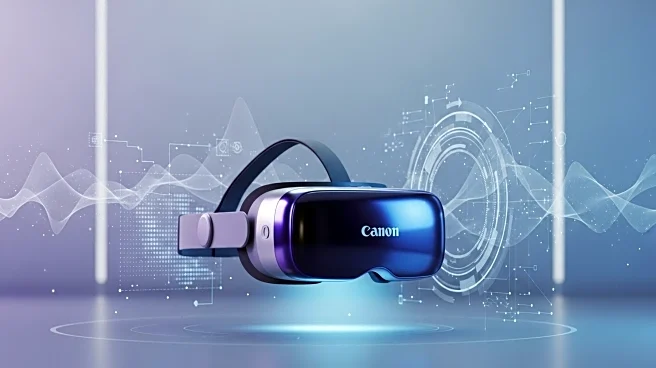What is the story about?
What's Happening?
Bruker Corporation has announced significant orders for advanced Nuclear Magnetic Resonance (NMR) systems from prominent U.S. research institutions, including the New York Structural Biology Center, the University of Delaware, and Northwestern University. These orders, funded by the National Institutes of Health (NIH) and the National Science Foundation (NSF), aim to enhance research capabilities in various scientific fields. The New York Structural Biology Center will receive a Multifield NMR Relaxometry System, marking the first of its kind in North America. The University of Delaware has ordered a 600 MHz Dynamic Nuclear Polarization (DNP) NMR spectrometer, while Northwestern University will acquire an 800 MHz NMR spectrometer. These systems are expected to support a wide range of research activities, from drug discovery to materials science, and are valued at approximately $10 million.
Why It's Important?
The acquisition of these advanced NMR systems is poised to significantly impact scientific research in the United States. By providing cutting-edge technology to leading research institutions, Bruker is facilitating breakthroughs in fields such as drug development, neurodegenerative disease research, and regenerative medicine. The enhanced capabilities of these NMR systems will allow researchers to conduct high-resolution studies, potentially leading to new treatments and innovations. This development underscores the importance of federal funding in advancing scientific research and maintaining the U.S.'s position as a leader in scientific innovation. The collaboration between Bruker and these institutions highlights the critical role of public-private partnerships in driving technological advancements.
What's Next?
The NMR systems are expected to be delivered and installed by 2026, enabling the research institutions to begin utilizing the new technology. As these systems become operational, they are likely to attract further research funding and collaborations, enhancing the institutions' research profiles. The deployment of these systems may also lead to increased training opportunities for students and researchers, fostering the next generation of scientific leaders. Additionally, the success of these installations could prompt other institutions to invest in similar technologies, further advancing the field of NMR spectroscopy.
AI Generated Content
Do you find this article useful?














